Disclosure: Meeple Mountain received a free copy of this product in exchange for an honest, unbiased review. This review is not intended to be an endorsement.
Sometimes you know, and you know right away. Reading the rules for Matches, a gorgeous-looking card game from designer Daniel McKinley and publisher Thing 12 Games, I was a touch baffled. “I don’t know what this is going to be,” I said.
Matches sells itself as a “trick-taking style game,” but I was disabused of that notion pretty quickly. I’m not sure if we have a word for this kind of card game. The closest I can get is either an inverted shedding game or a backwards set collection game. It’s an odd one. In order to score points, you either want to be the last player left in the round, or you want to play as many pairs as possible.
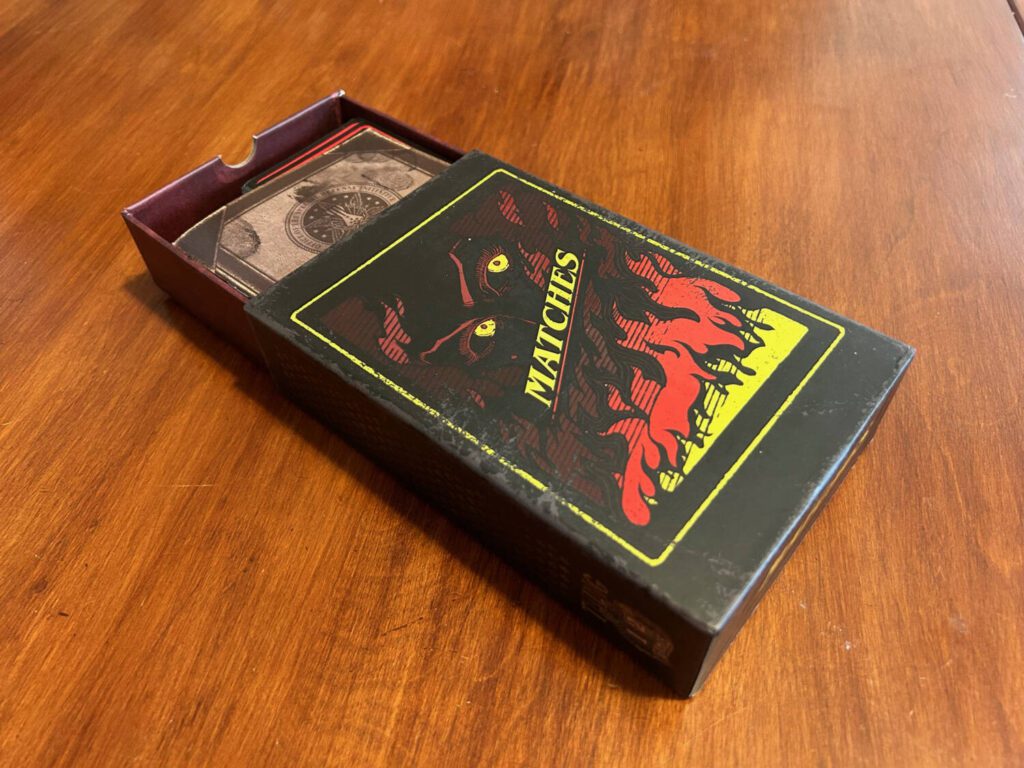
At the beginning of each round, the starting player puts a single card from their hand into the middle of the table, adding a Fire Token on top. This card has a value between 1 and 10, and is called the Blaze. The Blaze is both the final pot, with the last player still in the round collecting all the Fire Tokens on top, and the target for the round.
For our purposes here today, let’s say that the Blaze is a 5. On my turn, I can do one of four things, and they all come back to that 5. If I have a 5 in my hand, I can play it. A matching card adds a Fire Token to the Blaze, increasing the final value of the pot. Alternatively, if I have a Flare in my hand, a card showing nothing but the high holy flames, I can play that. Flares care not for the value of the card in the Blaze, though they too add a Fire Token.
There are also two Fire Token-avoidant options. I can play a set of cards that add up to the Blaze, maybe a 2 and a 3, or face up cards with face down cards to make up the difference. I could play a pair of 2’s and a facedown 9, for example.
The goal, then, is to figure out how best to make your cards last, or to recognize that they won’t last and to get as many pairs down as possible onto the table while increasing the value of the Blaze by as little as you can. In theory, that’s a solid source of tension. Do I think I’m in contention for the central pot? If I increase its value, am I helping someone else?

The problem is, the Blaze and your hand more or less immediately dictate the results. If everyone at the table revealed their hand the moment the Blaze is set, you could easily identify who’d win. The only moment with any real sense of engagement comes when the starting player chooses the Blaze. The lower the value of the Blaze, the fewer options everyone at the table has. If I’m the leader and I have three ones, well, shoot, pick one of those. Everyone else will probably Burn Out after two turns, tops.
An optional deck of cards, the Burn deck, adds abilities to the game. They threaten to make the game interesting, but they rarely live up to their promise. For one thing, the Burn cards, which cost Fire Tokens to activate, are hellishly expensive. I take it back. That’s not “for one thing.” That’s the thing. That’s the only thing. They’re very expensive, so they rarely get used. Furthermore, because they are expensive, players who are behind are disincentivized to use them. They became a tool for the leaders to punch down.
This is not a good game. It’s a phenomenal production, with matchbox-style packaging, spot-gloss on all the cards, and a truly entertaining dedication to flavor in the manual, but that doesn’t salvage it. Creating flexibility within a shedding game, making a space for wanting to shed as slowly as possible, is inspired, but it doesn’t work as presented here. I know my entire round the moment it starts. If I have a bunch of single cards, I’ll jack up the Blaze. If I have a bunch of matching cards in my hand, I’ll play them out as best I can manage. If I have neither, there is absolutely nothing of interest for me to do.
Strike Matches all you want. It’s never going to catch fire.



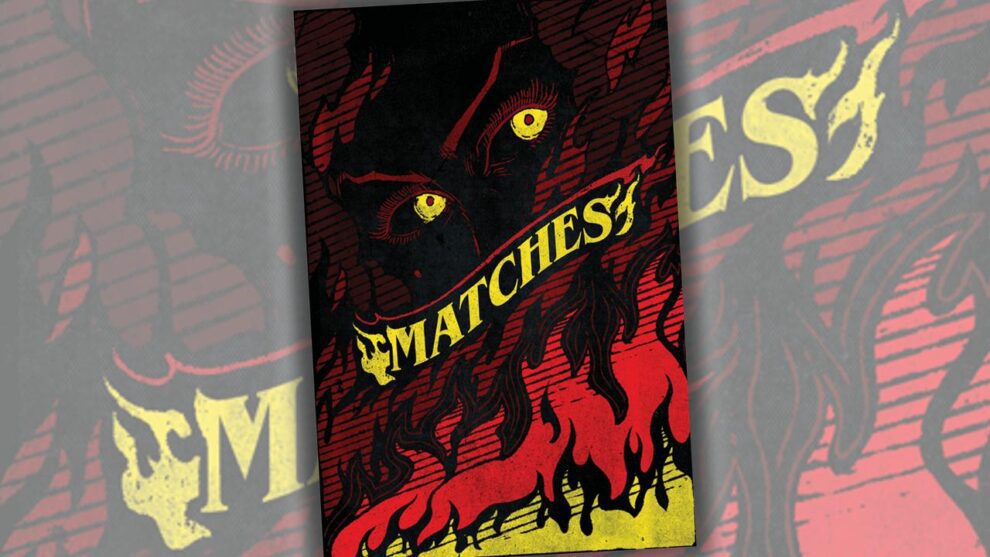
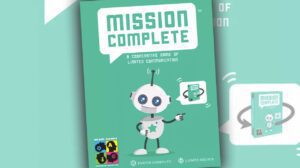
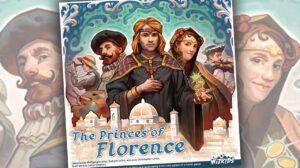
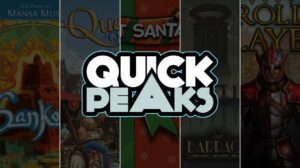





Add Comment